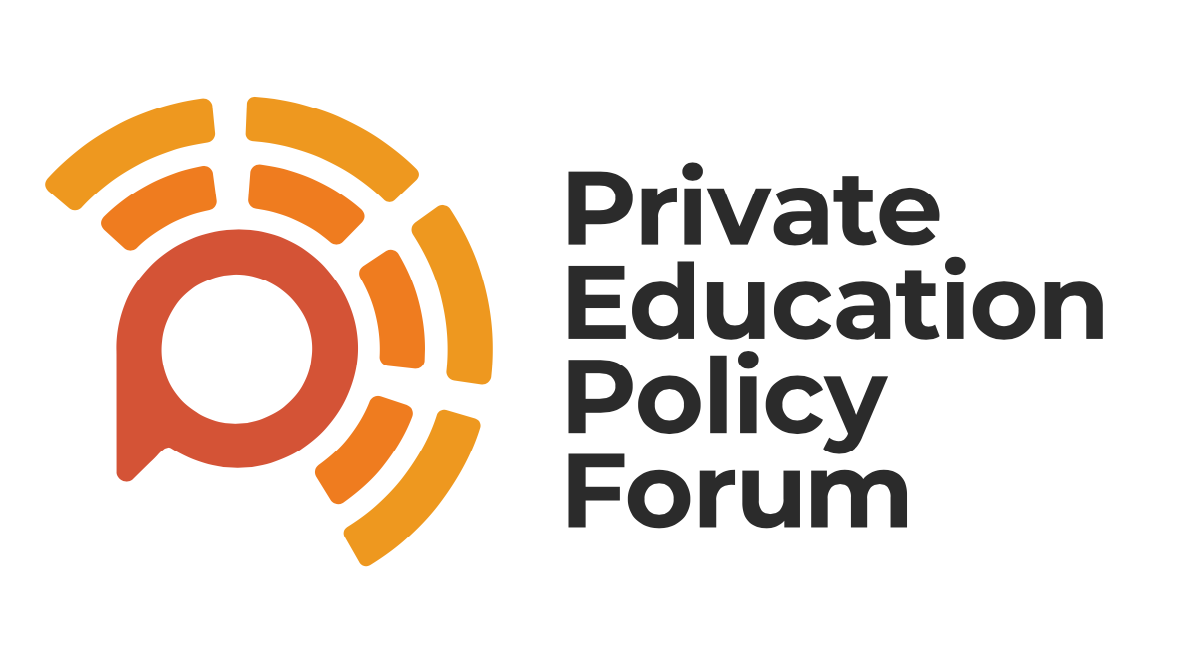
Sol Gamsu
Coronavirus is creating serious economic problems for private schools. By its own admission, the private sector has acknowledged that hundreds of schools could close. Even relatively wealthy school chains like the Girls’ Day School Trust are furloughing their staff.
Private schools often face problems during recessions – this was true in the 1930s and 1940s and it has also been true more recently in the early 1990s and most recently after 2008. What we are witnessing dwarfs the scale of 2008 and the implications for the private schools are potentially dramatic.
For some schools it is likely that state integration will be on the cards. Understanding the experience of schools that have integrated over the last decade is thus timely.
State integration could re-shape inequalities and hierarchies between different schools – but only if it is done right.
Recent paths to state integration
Since 2007, 32 former independent schools have converted to academy or free school status. This began under Lord Adonis who quite deliberately framed this as a return to direct grant grammar schools.
Direct grant schools were funded partly by a direct grant from central government, providing free places through selective entrance examination, and partly through fee-paying places. Of the 21 independent secondary schools converted since 2007, at least seven were former direct grant schools with many having also benefitted from the Assisted Places Scheme that operated from the 1980s until 1998.
What is important here is that these are schools that have frequently required some form of direct state financial support, beyond the indirect subsidy provided through charities and tax legislation.
They are schools that have long been locally and sometimes regionally prestigious but are a long way from having the financial resources, or elite south-eastern intake, of Eton, Rugby, Marlborough or Stowe.
The justification of these schemes was to ‘raise’ standards in local school provision or to provide broader access to private school education. Baked into this was an assumption of superiority of standards and attainment in the private sector. In some areas, headteachers at local state secondaries opposed the plans due to fears about losing students.
These schools have now been state-funded for ten years or more. Many operate banded admissions with students ranked by attainment and an equal number of students taken from each band.
This admissions system should ensure balanced attainment – but in fact the evidence suggests it is not ensuring balanced socio-economic intake.
Research that I am currently working on suggests that of the secondary schools that have converted almost all have lower proportions of disadvantaged students than other local state schools.
One of the first to convert, Colston’s Girls School in Bristol, claimed it wanted to ‘offer the same standard of education to a wider community’. Thirteen years on this is materially not the case. My research shows Colston Girls has the fourth lowest percentage of FSM students in the city, at 10 per cent lower than the city average.
What sort of integration do we want?
Private school integration must mean more than the state subsidising middle-class schools.
When direct grant schools were first created, then-education secretary Robert Morant described the scheme as a ‘subsidy to secondary schools providing education for the poorer amongst the so-called professional classes’.
Schools do not automatically change their intakes or their reputations when they convert. In the same way that some state grammar schools maintained their prestige after comprehensivisation, the same appears to have happened with many of the former 32 independent schools that converted.
If greater educational equality is the aim, then we need to approach the integration of private schools with a sociological and a historical understanding of the political and social struggles and hierarchies embedded in our education system.
Integrating private schools into the state sector must happen alongside deeper reforms. On a practical note this means returning to debates about school admissions.
All admissions systems have their weaknesses and are potentially gameable by the middle and upper classes. I would personally like to see the lottery system briefly trialled by Brighton explored further.
This trial increased the chances of accessing high-attaining schools for some disadvantaged students but the results were complex and the way catchment areas are drawn remains key.
Without admissions reform to attempt to ensure balanced intakes, converter schools will likely maintain their affluent intakes and could potentially draw away high-attaining students from existing state schools.
Integration under the free school/academy route has maintained or perhaps even reinforced inequalities between schools at a local level. This must be avoided and we must develop an educational politics that openly discusses and challenges the anxiety, classism and racism that underpins school hierarchies (in the state as well as the private sector).
The private schools that have converted to state schools have often justified their integration by referencing their high academic performance compared to local state schools. But when you have to pay to get in, are we really testing academic ability or the cultural and economic wealth of different parents?
What is often celebrated as educational “excellence” is often a hidden way of celebrating and justifying economic inequality by translating it into educational attainment. Why is it that the standards of what counts as a ‘good’ education are always set by the schools and universities with the most socially selective intakes?
What educational system do we want after Covid?
We have an educational system that celebrates the creation of elites. We have never had a system of education which celebrates providing the majority of people with an enriching and transformative education.
If the integration of private schools into the state sector is to help reduce educational inequality, then it must take place within the context of a deeper rethink of how our education system works.
Integrating private schools on the basis that they somehow automatically ‘improve’ local schooling ignores the likely impact on inequalities between the converting private school and existing state schools. Middle class families are likely to use formal and informal ways around admissions systems to ensure access to a school that was previously fee-paying – this is not likely to foster greater equality.
Private schools should be integrated into the state system. But this needs to happen in the context of a fully comprehensive, non-selective system of schooling. This means extending comprehensive admissions so that it covers sixth form selection and entry to higher education.
It also means reforming our examination system and curricula so that our education system does not consistently reward those who are already socially and economically privileged by birth.
To be able to discuss these issues we have to create space for debate about education which does not simply focus on getting the best for our own children at the expense of others. The current crisis creates the possibility for discussing deep egalitarian change to our education system.
We need to ask simply, does an education system based on selection and hierarchy between different schools make sense? Does it serve the majority of young people? Could we do better?
Admissions reform is a key part of the solution to creating an integration process which would not foster further hierarchy or alternative forms of de facto selection. But if we want a radically egalitarian system then we need to begin to think how, when all of this is over, we could create systems of schools that are not based on prestige or hierarchy or selection.
This applies as much to inequalities within the state sector as to those between state and private schools. We must break with a notion of ‘educational excellence’ which is too often a cipher for cultural and economic inequality. This means breaking fundamentally with the logic of our education system.
A chance to challenge hierarchy and inequality
Everything is now in flux. Essential workers are now health workers, care workers, supermarket workers or cleaners. Many of these people have experienced decades of symbolic and economic neglect and punishment, left on zero hour contracts with precarious forms of employment.
When the coronavirus pandemic relents, this symbolic and economic hierarchy will come under attack.
The financial crisis facing private schools presents us with the possibility to invert and dismantle another set of symbolic, cultural and economic hierarchies.
Dr Gamsu is a sociologist and a geographer of education at the University of Durham who studies how structures and experiences of power and inequality in education are reproduced over time and through different local and regional geographies. Before joining Durham Sociology in 2019, he was a postdoc at the University of Bath. He was awarded his PhD in Geography from King’s College London in 2017, focussed on the geography of elite and middle-class schooling in England.



